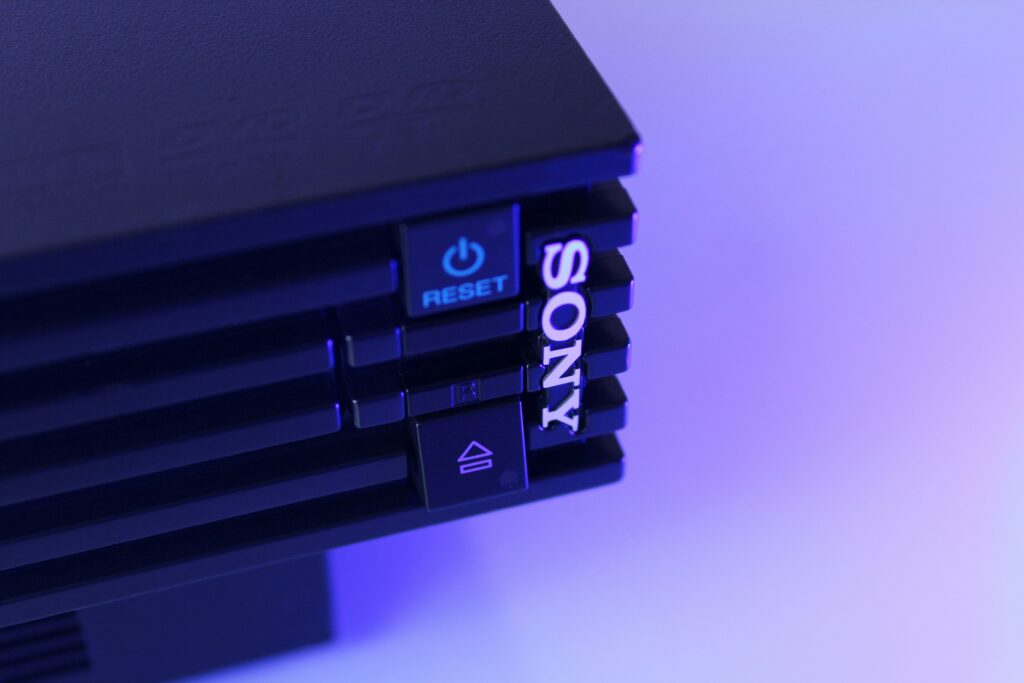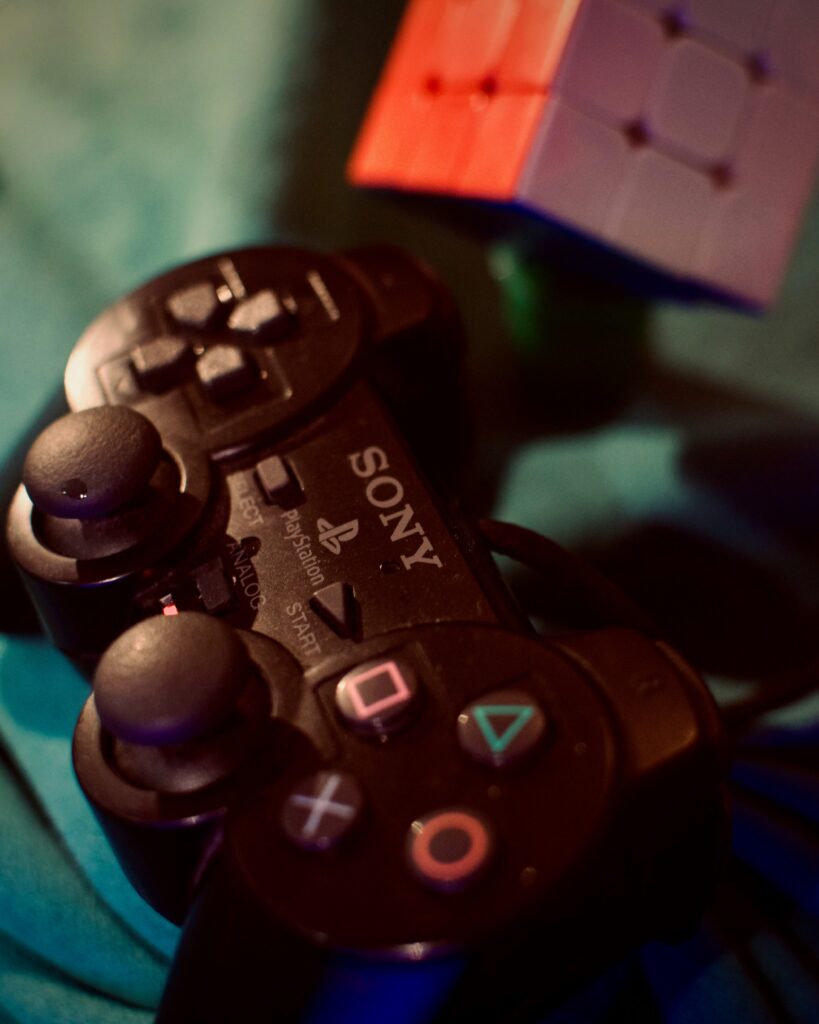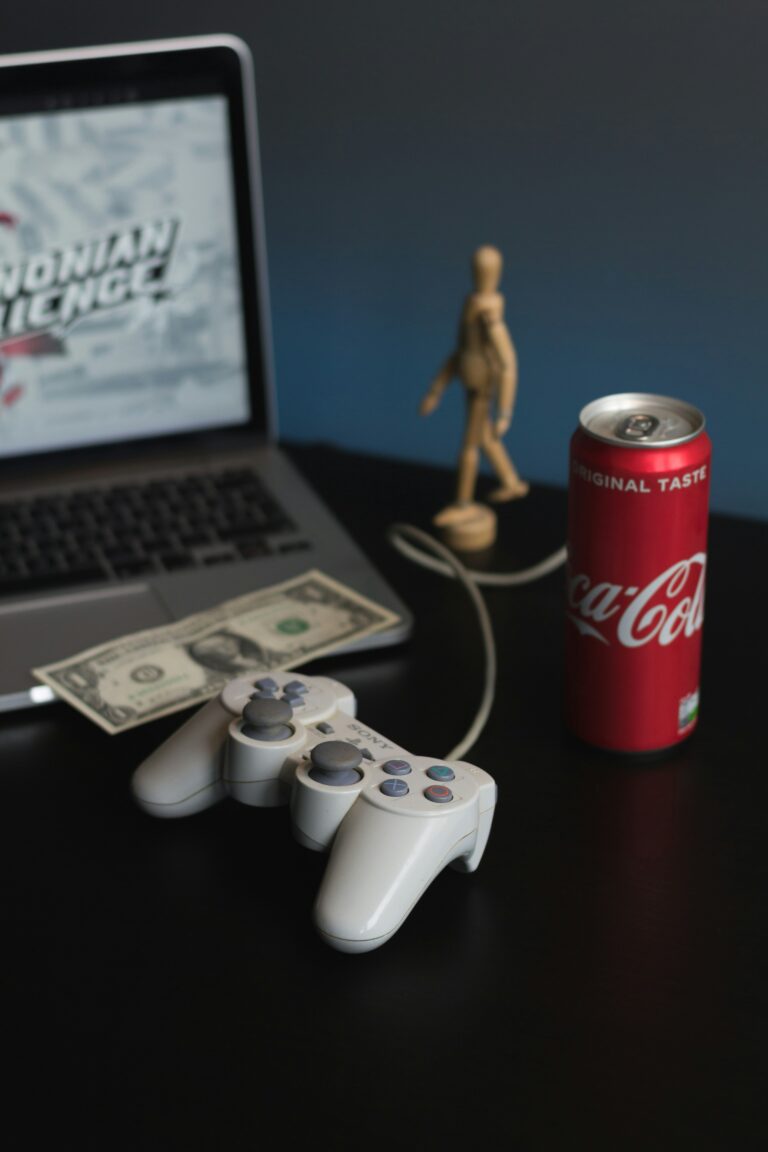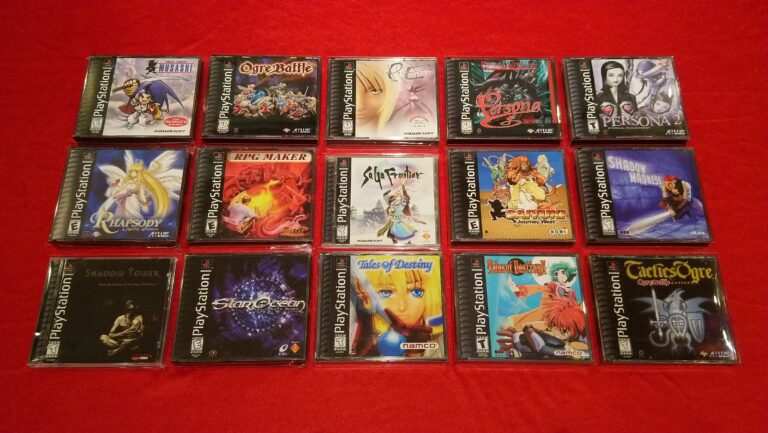In an era marked by the rise of digital culture, video game consoles stand as titans within the entertainment industry. They serve as more than mere conduits of digital amusement; they are artefacts of a rich, technological history, and collectors’ items that continue to captivate aficionados worldwide. Among these, Sony’s PlayStation 2 (PS2) remains an iconic console, its charm undiminished by the passage of time. In this deep-dive analysis, we pit two heavyweight variants of this much-celebrated console against each other – the PS2 Fat vs the PS2 Slim.

Indeed, the PS2 is more than just a gaming console. It’s a symbol of an era, a testament to the rapid evolution of gaming technology. Released in 2000, it captivated audiences with its cutting-edge features, transformative gameplay, and extensive library of games. However, its journey wasn’t static. Over the years, Sony introduced several versions of the PS2, each with its unique features and designs. The two versions that captured gamers’ attention and continue to be the object of debate among collectors and enthusiasts are the PS2 Fat and the PS2 Slim.
The PS2 Fat, the original version, was an absolute game-changer, with a bulky yet endearing design that personified the dawn of a new gaming age. It was the console that saw the transition from cartridges to discs, thereby transforming the gaming landscape forever. On the other hand, the PS2 Slim, launched in 2004, was a sleeker, more portable version of its predecessor. Despite being smaller, it promised an equally powerful gaming experience, prompting many to question whether size indeed mattered in the world of gaming consoles.
Through this article, we aim to help you decide which of these two consoles deserves a place in your collection. We will delve into an in-depth comparative analysis, considering various factors, such as design, technical specifications, reliability, and compatibility. Our goal is to provide an insightful, comprehensive guide that will aid collectors and gaming enthusiasts in making an informed decision.
The ‘Battle of the Consoles: PS2 Fat vs Slim’ is not just about comparing two pieces of hardware. It’s about understanding the intricate details that make each unique and appealing. It’s about appreciating the evolution of technology and the role these consoles have played in shaping the gaming industry as we know it today. Whether you are a seasoned collector, a gaming enthusiast, or simply curious, join us as we embark on this riveting journey into the world of PlayStation 2. Buckle up, for a trip down memory lane, full of nostalgia, technological wonder, and an insight into what makes these consoles tick.
Introduction to PS2: Fat vs Slim
When it comes to gaming consoles, the PlayStation 2 (PS2) holds a special place in the hearts of many enthusiasts. With a library of thousands of games and a player base that spans generations, the PS2’s impact on the industry is undeniable. There are two main versions of this beloved console: the original “Fat” model and the later “Slim” model. Each has its own set of advantages and drawbacks that can influence a buyer’s decision. In this article, we will explore the technical specifications, design features, and overall performance of both models to help you decide which one to add to your collection.
Understanding the technical aspects of each model is crucial for a comprehensive comparison. Each model’s CPU, GPU, memory, and other hardware components directly influence its performance, capabilities, and gaming experience. As such, we’ll delve into these aspects in detail.
Technical Specifications
At the heart of the PS2 Fat and Slim is the “Emotion Engine”, a powerful CPU designed by Sony in collaboration with Toshiba. Both models also feature a “Graphics Synthesizer” GPU, which is responsible for rendering the impressive visuals that PS2 games are known for. However, there are differences in memory, disc read speeds, and other hardware components that differentiate the two models.
The PS2 Fat model was built with a 32MB RDRAM, while the Slim model was upgraded to a 32MB RDRAM, but with a higher clock speed, improving the overall performance. Furthermore, the Slim version introduced a built-in Ethernet port for online gaming, which was a separate add-on for the Fat model.
Disc read speed is another differentiating factor. The Slim model boasts a faster disc read speed, reducing loading times and providing a smoother gaming experience. However, it’s worth noting that the faster read speed can also cause excessive wear and tear on the console over time.
Comparative Table of Technical Specifications
SpecificationsPS2 FatPS2 SlimCPUEmotion EngineEmotion EngineGPUGraphics SynthesizerGraphics SynthesizerMemory32MB RDRAM32MB RDRAM (Higher Clock Speed)Online GamingAdd-On RequiredBuilt-In Ethernet PortDisc Read SpeedStandardIncreased
Design and User Experience
The PS2 Fat and Slim models differ significantly in terms of design. The Fat model, as the name suggests, is bulkier and heavier, while the Slim model is sleek and lightweight. The Fat model uses a disc tray mechanism for loading games, while the Slim model opts for a top-loading design. This change in the disc loading mechanism has been met with mixed reviews from users, as some prefer the robustness of the tray design while others appreciate the convenience of the top-loading design.

The Slim model also introduces a built-in power supply, eliminating the need for an external power brick, making it more portable and convenient for travel. However, it’s worth noting that the compact design of the Slim model comes with a downside – it tends to heat up faster than the Fat model, which could potentially lead to hardware issues in the long run.
Comparative Table of Design Features and User Experience
FeaturesPS2 FatPS2 SlimSize and WeightBulky and HeavierSleek and LightweightDisc Loading MechanismTrayTop-LoadingPower SupplyExternalBuilt-InHeat DissipationBetterWorse
PS2 Fat vs Slim: Which Should You Choose?
In conclusion, the choice between the PS2 Fat and Slim models boils down to your personal preferences and gaming needs. If you value robustness, better heat dissipation, and don’t mind the bulk, the Fat model might be the right choice for you. On the other hand, if portability, a faster disc read speed, and a built-in Ethernet port are more important to you, the Slim model may be a better fit.
To get a better visual understanding of the differences between the two models, check out this informative video from the YouTube channel “MetalJesusRocks” titled “PS2 Buying Guide & Great Games”.
Whether you choose the PS2 Fat or Slim, either choice would make a great addition to your console collection, each bringing its own unique history and gaming experience.
Conclusion
The critical exploration and analysis within this article has shed substantial light on some of the intricate aspects of IT and engineering, in particular, the role of software engineering in our rapidly evolving tech landscape. We delved into the core principles, methodologies, and tools that underpin this discipline, and how these translate into the construction of high-quality, efficient, and robust software systems.
We’ve further dissected how these principles empower the implementation of various IT projects and how they contribute to the evolution of today’s digital ecosystem. Through this, we hope to have highlighted the indispensability of software engineering as a discipline and its profound influence in shaping our digital future.
Moreover, by elucidating upon the role of key methodologies such as Agile, DevOps, and Waterfall, we’ve offered a glimpse into the project management aspect of software engineering. This understanding is critical not just for software engineers, but also for professionals across the IT spectrum, including project managers, business analysts, and even CEOs.
To recall, we dived into the realm of programming languages, outlining their evolution, types, and applications. This understanding is a powerful tool for any tech enthusiast, programmer, or aspiring software engineer looking to navigate the complex but fascinating world of coding.
Through the lens of software testing, we were able to examine the importance of quality assurance in the software development lifecycle. The emphasis on creating error-free software not only bolsters user satisfaction but also significantly minimizes potential future costs related to debugging and maintenance.
Additionally, we shed light on the significance of documentation in software engineering, which is often overlooked. Effective documentation serves as a valuable reference tool, facilitating smoother transitions and ensuring continuity in the event of personnel changes within the team.
We trust that you have found the information within this article to be enlightening and beneficial. We encourage you to delve deeper into these topics, utilizing sources such as [link to a reputable IT resource] and [link to a reputable software engineering resource]. Engage in further reading, participate in forums, and immerse yourself in the world of software engineering.
Ultimately, it is through understanding these technical concepts that we are able to fully appreciate the inherent complexities and incredible ingenuity of the digital world we inhabit today. It is our hope that you will continue to explore, learn, and grow in your knowledge and application of these principles.
We urge you to apply this knowledge in your professional or personal projects, and share it with others. Remember, knowledge is of the greatest value when shared. Please feel free to comment below, share this article, and spark up a conversation.
As we continue to navigate the uncharted territories of our digital future, let us strive to further our understanding and harness the power of software engineering. It is through such efforts that we will continue to drive innovation, efficiency, and sustainability in our increasingly interconnected world.
Lastly, we look forward to hearing your thoughts, questions, and experiences related to the topics we’ve discussed. We’re all on this journey of discovery together, and your input is highly valued.
As we continue to delve into the depths of IT and engineering in our future articles, we are excited to have you along for the ride. After all, the journey of learning never truly ends. Instead, it offers us a path to the relentless pursuit of knowledge and growth.
Until next time, keep exploring, keep learning, and keep sharing.



